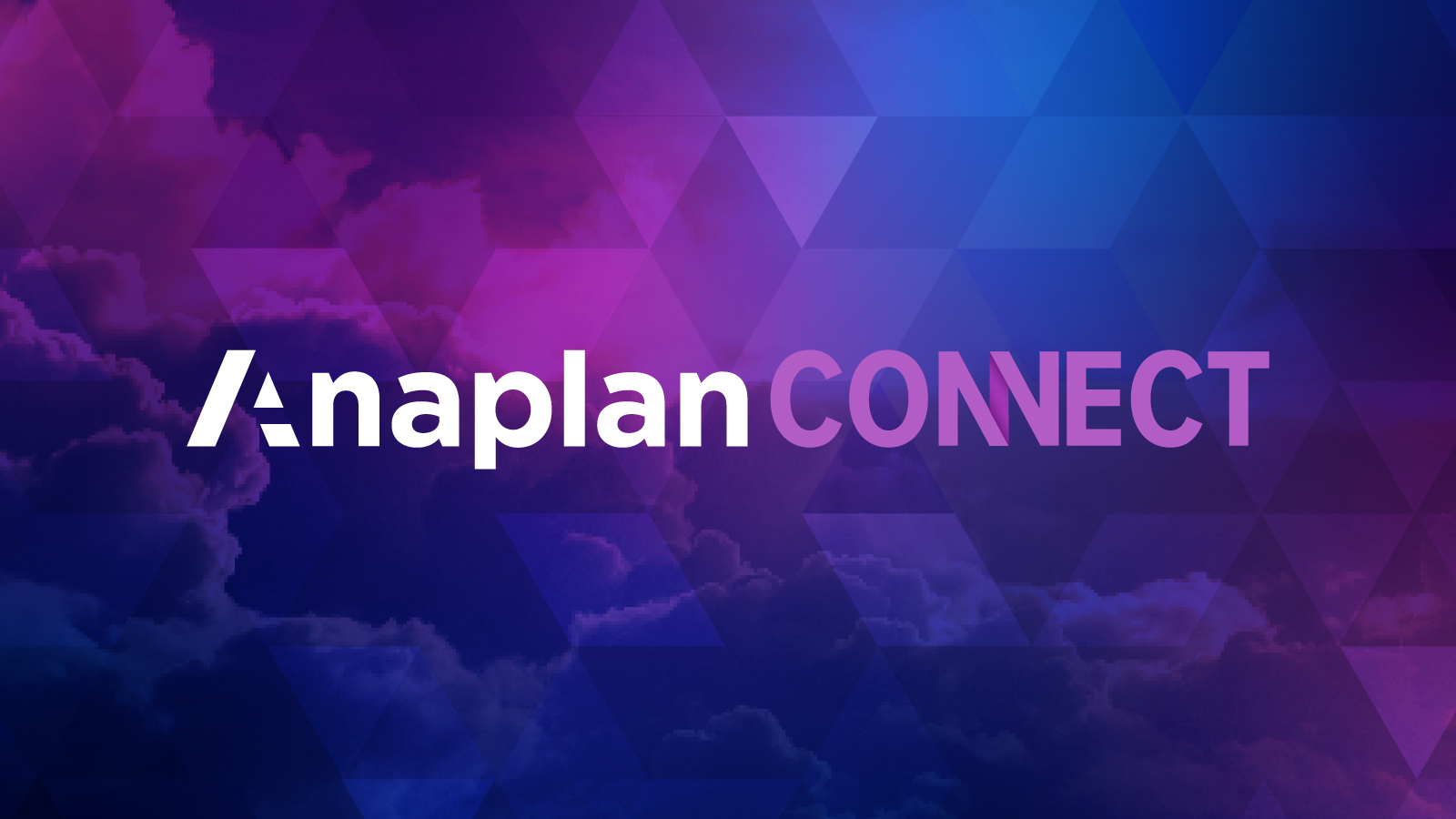The post-COVID blip: Forecasting demand when it remains hanging in the balance

The past two years represent peak uncertainty for most business leaders and, in some ways, the parallels to the Blip in the popular Marvel Cinematic Universe (MCU) movies are striking.
In the snap of a finger, folks all but disappeared from the world around them only to emerge years later. Unlike the Blip, where half the population of the universe disappeared, most people on earth simply went home and stayed there, taking advantage of recent technological advances to run their lives from the safety and comfort of their homes.
But even a slow, cautious return to normalcy doesn’t reverse the effects of the last two years. Post-COVID planning complexity is even more multi-layered and challenging than before. This is especially true for business leaders tasked with forecasting consumer expectations amid fluctuating demand and markets. Knowing what to plan for and what data to use to do it has never been more unclear.
It’s difficult to predict the future when it doesn’t mimic the past
One of the major challenges with planning forward after two years of disruption is that business leaders can’t use historic data alone to make predictions. They also can’t just ignore the last two years. Consumer behavior has changed drastically since the start of the pandemic but no one knew how opening up again would impact these behaviors.
A great example of this is home gym equipment. At the start of the pandemic, the price of weights and home gym equipment skyrocketed with sites like eBay offering equipment at double its usual retail price. Companies offering home fitness services and hardware saw a jump in demand they could barely keep up with.
Once commercial gyms started opening again, the prices for home equipment started creeping down. Now we’re seeing home fitness companies losing market share to in-person training offerings, but not necessarily returning to pre-COVID demand levels.
How can a home fitness company predict demand for its physical products for the next six months? If you’re the supply chain planner for a company in this space, you probably know that you can’t use only the demand data from 2020-2021, because demand was much higher than you’d expect for 2022. However, you also can’t just ignore that data because your customers’ behavior has changed, so demand isn’t the same as it was pre-2020.
New times call for new measures
Effective forward planning in the post-COVID era can be done, but may require a change in how you plan and the data you use.
Get closer to the market
As the world opens, consumer behaviors are still evolving and will continue to change as we figure out how we want to live in this new world. Leverage data, such as point of sale (POS) information that’s close to the consumer, to identify new trends and changes in behaviour as it happens. Using data that’s close to the market allows you to react swiftly to shifting demand. Data that’s further away from the market, such as shipping data, can lag, causing you to miss changes in the tide that can cost you revenue and market share.
For our home fitness company, this could be website inquiries or subscriptions. The company may be able to work out what percentage of subscriptions tend to buy hardware, making it possible to make an educated guess on the hardware needed for subscription sales.
Use more granular data
Where monthly or weekly data was sufficient before the pandemic, daily data will be more useful in providing faster indications of changes in the market. Even if you still plan monthly, leveraging granular daily data helps you make forecasts closer to actuals, providing you with more accurate forecasts on which to base decisions.
For our home fitness company, if they were previously forecasting demand for their hardware on a quarterly basis using monthly data, they could switch to forecasting on a monthly basis using weekly data. This allows the company to see increases or decreases in website inquiries and subscription sales sooner, which would be an early warning sign of potential change in the demand trend.
Incorporate external data
Often, internal data clearly shows you what has happened, but historic data is no longer sufficient to predict the future. External data can provide information about consumer demand that isn’t available from historic internal data. When looking at external data, think about answering the following questions:
- How have locations in geographies with earlier re-opening policies performed?
Have they seen a rise or fall in customer demand? Knowing this allows you use the pre- and post-COVID change in customer demand as input to forecasts for those areas slower to reopen. For example, if London opened first and there was a 20% decrease in demand for home fitness hardware, a first step to planning for other regions would be to incorporate this 20% downturn into the forecast model. - How is the gross domestic product (GDP) or inflation expected to fluctuate?
How does this impact the buying behaviors of your market? Adding GDP or inflation data to your forecasts, including earlier than 2020, can allow Anaplan to spot trends and correlations between demand for your product and the macroeconomic driver. Using macroeconomic predictions, your forecast model can predict how demand will change based on these expected trends. - What are leading research firms saying about demand in your market?
Often, research firms put out demand predictions based on numerous economic, demographic, and firmographic indicators. Adding this data to your forecast model can off-set the demand fluctuations from the pandemic, predicting future demand more reliably.
Act with agility
Of course, none of this is useful if you aren’t set up to react quickly to changes in the market. Bringing new data and forecasts into your planning regularly allows you to quickly spot the changes in behaviour and act on them. By moving quickly where your competitors are slow, you gain an important advantage.
If our home fitness company saw a decrease in subscriptions over two or three weeks, they can amend the order size of their supply chain, decreasing the amount of inventory in storage, and thereby decreasing their inventory carrying costs.
By planning with agility, they could also spot that, although subscriptions have gone down, there’s been an increase in website inquiries, which may mean that there’s an opportunity to look at their product offerings and make strategic changes to help them capture more business in the post-COVID world.
Conclusion
The last two years were difficult. Even the industries that thrived during the pandemic needed to adapt to take advantage of the influx of demand. By using Anaplan’s Connected Planning tool with embedded intelligent forecasting, the next years don’t have to be so tough. Leveraging more data from internal and external sources will help you spot trends sooner and intelligently discover relationships between drivers and forecasts. The ability to quickly analyze and react to this new information turns your data into plans. The ability to work off the plan to make smart business decisions turns your plans into action. Using the scale of Anaplan and PlanIQ, you can incorporate large amounts of data into your planning and forecasting process, systematically including external data sources to make accurate prediction about demand going forward.

